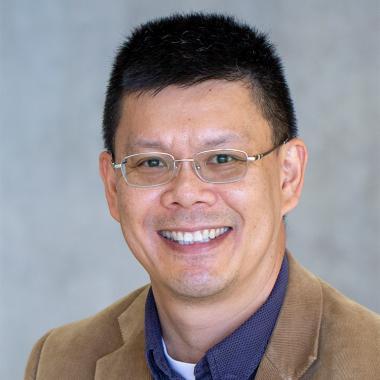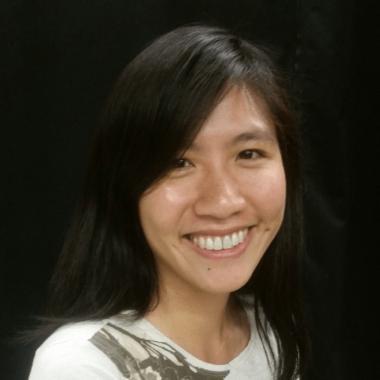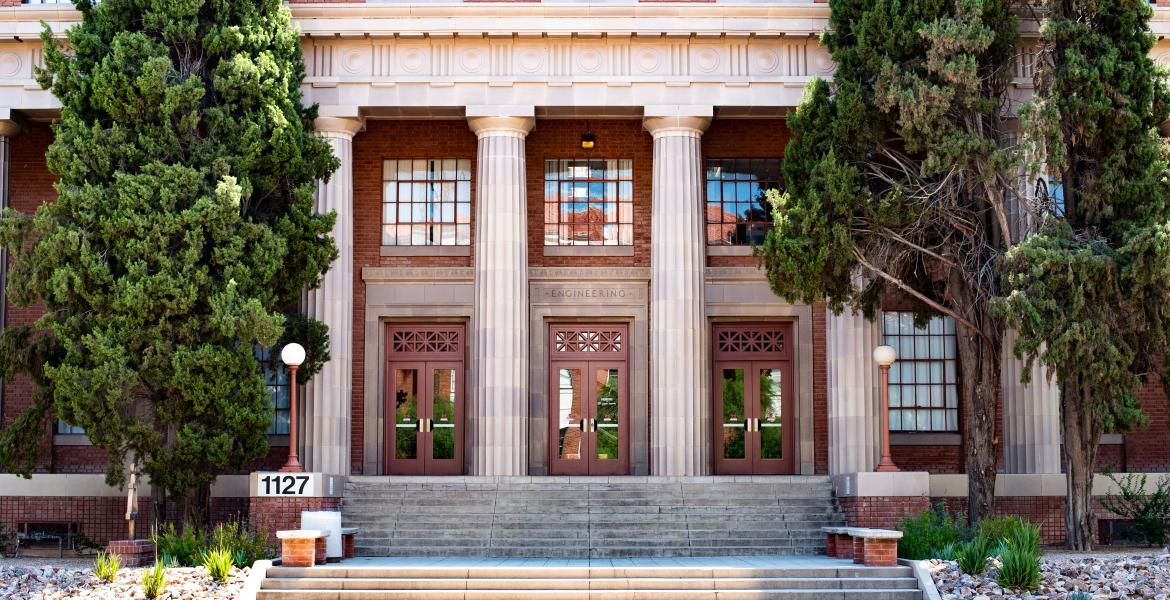Stanley Pau, Judith Su Named to the National Academy of Inventors
The National Academy of Inventors has named four University of Arizona faculty researchers among its 83-member 2022 class of Senior Members. NAI Senior Members are widely regarded as the world’s top emerging academic inventors. Stanley Pau and Judith Su are both professors in the James C. Wyant College of Optical Sciences and the College of Engineering. The other two members are Dr. Steven Goldman of the College of Medicine – Tucson; and Robin Polt, professor of chemistry and biochemistry in the College of Medicine – Tucson, the College of Pharmacy and the College of Science. Goldman, Polt and Su are also members of the BIO5 Institute.
Stanley Pau: Fiber Optic Switching

Stanley Pau, Ph.D., is a professor of optical sciences and electrical and computer engineering. His research focuses on advancing novel imaging instruments and techniques, lasers, and optical spectroscopy. He is currently developing applications in augmented and virtual reality (AR/VR) and has worked with TLA on the commercialization of inventions that advance the field, such as systems for holographic imaging. His research and development work in next-generation optical devices has been continuously funded by industry, and has led to multiple inventions including integrated circuit and microchip fabrication, and fiber optic switching, the latter being a foundational technology enabling the modern internet.
Prior to coming to the UA, Pau worked for a variety of companies and research institutions, including Bell Labs, the Max Planck Institute of Solid State Research, the Lawrence Livermore National Laboratory, the University of California Medical Center, I.B.M., and National Semiconductor, and has consulted for Honeywell, Alcatel Lucent, Canon and others in areas of optics and spectroscopy. He is a co-inventor on over 70 patents, a Fellow of the International Society for Optics and Photonics (SPIE) and Optica (formerly the Optical Society of America), and is a senior member of the Institute of Electrical and Electronics Engineers, better known as the IEEE.
“I am thankful to become a member of NAI and be recognized for my inventions made during my years working in industry and academia,” Pau said. “It is a great honor. I am lucky to work at the University of Arizona who supports inventors to file and commercialize their patents.”
His research has been funded by industry as well as the National Science Foundation, National Institutes of Health, DARPA, the Air Force Office of Scientific Research (AFOSR), and the Defense Threat Reduction Agency (DTRA). He continues to mentor students, postdoctoral researchers, and other research scientists and has worked on 13 patent applications with students and others as co-inventors.
Judith Su: Optical Sensors for Life Sciences

Judith Su, Ph.D., is an assistant professor of optical sciences and biomedical engineering, and a member of the BIO5 Institute. She is a member of the board of scientific counselors for the National Institutes of Occupational Health, sits on the editorial advisory board of the journal Translational Biophotonics, and is a member of Optica.
Her work has brought more than $5 million in research to the university and focuses on the development of optical sensors for medical diagnostics and prognostics, environmental monitoring, and basic science research. She has developed a technique known as FLOWER (Frequency Locked Optical Whispering Evanescent Resonator) that can detect single large molecules called “macromolecules” without the use of tags such as fluorescent molecules or quantum dots. The technique allows for the diagnosis of a variety of diseases at their earliest stages by analyzing the biomarkers in a drop of blood, saliva, tears, and urine. FLOWER was named one of the top accomplishments in optics by Optics & Photonics News in 2016. Su has received funding from the NSF, NIH, the Department of Defense, and the Flinn Foundation, among others.
She continues to mentor students at all levels, from high school to postdoctoral researchers. Her work has resulted in 5 granted U.S. patents, all of which have been licensed to Femtorays Technologies, and she has submitted two patent applications at the UA with students and postdoctoral researchers in her lab.
“Personally, I appreciate the support from the community of inventors, especially Jim Wyant, who nominated me,” Su said. “Professionally, my inventions now form the foundation of my research and are licensed to a company to bring these products to benefit society. I am grateful for this recognition.”
This year’s class also reflects NAI’s dedicated efforts to promote diversity and inclusion in its membership, with the addition of 40 outstanding academic female and/or minority inventors. The 2022 new Senior Members will be inducted at the Senior Member Ceremony at the 11th Annual Meeting of the National Academy of Inventors this upcoming June 14-15 in Phoenix, Arizona.


